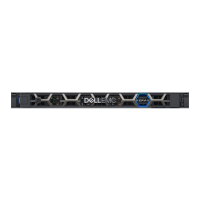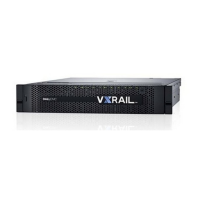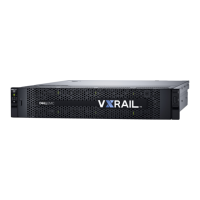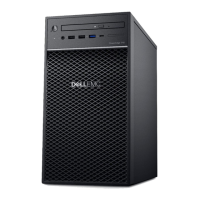35 | Network Planning Guide
© 2018 Dell Inc. or its subsidiaries
Step 15.
If the Dell-EMC SmartFabric services was enabled to pass control of switch configuration to VxRail, the Dell-EMC
OMNI plug-in is deployed on the vCenter instance
After VxRail Initialization Network Considerations
Support for NSX
VxRail is fully compatible with other software in the VMware ecosystem, including VMware NSX. A primer on deploying NSX on
VxRail can be found in Appendix A. Refer to the VMware Product Interoperability Matrixes for specific versions of NSX supported
on vSphere specific versions.
Using Unassigned VxRail Physical Ports
For VxRail nodes order with extra physical network ports, VxRail Manager will not manage the optional PCI-e NICs. Customers can
configure the additional ports in vCenter for non-VxRail system traffic, such as VM networks, iSCSI, NFS, etc.
The supported operations include:
• Create a new vSphere Standard Switch(VSS), and connect unused ports to the VSS.
• Connect unused ports to new port groups on the default vSphere Distributed Switch.
• Create a new vSphere Distributed Switch(VDS), add VxRail nodes to the new VDS, and connect their unused network ports to
the VDS.
• Create new VMKernel adapters and enable services of IP Storage and vSphere Replication.
• Create new VM Networks and assign then to new port groups.
NOTE:
Customers need to follow the official instructions/procedures from VMware and Dell-EMC for any of these
operations.
Unsupported Operations:
o Migrating or moving VxRail system traffic to these optional ports. VxRail system traffic includes the management,
vSAN, vCenter Server and vMotion Networks.
o Migrating VxRail system traffic to other port groups.
o Migrating VxRail system traffic to another vSphere Distributed Switch(VDS).
NOTE:
Performing any of these unsupported operations will impact the stability and operations of the VxRail cluster, and
likely cause a failure in the VxRail cluster.

